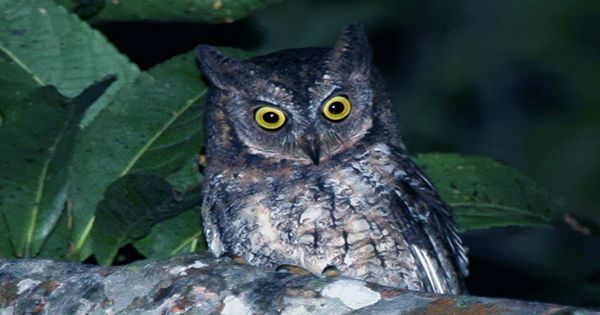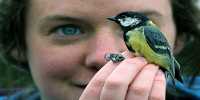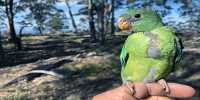Perhaps the most interesting unfinished puzzle for zoologists and wildlife fanatics for all the discoveries of humankind is the gap in our knowledge about the animals that share the earth with us. Biodiversity hotspots like Madagascar continue to spread species not recognized by science, and one such discovery in South America has provided not one, but two new species of owls.
The study, published in the journal Zootaxa, describes two scratch owls (cousins of the former scratch owls common in America) that live in the Amazon and Atlantic forests. Unfortunately, both birds already critically endangered, but they form two exciting pieces in the ongoing puzzle of our planet. Bird nests were an important tool in establishing their species, collected from the perennial areas of the Amazon Rain Forest and Atlantic forests on the east side of Brazil and neighboring countries.
The birds they wanted to get a better idea of where nocturnal, and performing their fieldwork in one of the most biodiversity habitats on the planet brings its own unique danger. Said John Bates, curator of birds at the Field Museum in Chicago and one of the study’s authors in a statement, “For me it’s more of a fascination than a fear, but at the same time you’re running into spider webs. If you’re wearing a headlight, you’ll see the nocturnal creature’s eyelids Tarantula.”
“If I were a kid, I’d be scared to death.” To make things tougher, their preferred hangouts sit about a hundred feet above the forest floor. However, equipped with problem-solving brains and recording devices, the researchers were able to tempt their subjects to play their scratches again. Scratch owls are territorial, and if they catch scratch owls in their scratching grounds, you can bet they will go back to that scratch owl – be it a bird or a machine.
The combination of the differences between these calls – as well as the physical presence of the birds and the tissue samples collected in the field – enabled the team to prove that their birds were in fact two distinct species. In all, they had 252 specimens, 83 tape recordings and 49 genetic specimens for work from the Tawny-bellied Scratch Owl Complex in South America. It was a collection of museum collections over many centuries, as well as contributions to the paper from the team. Combining genetic information with physical differences and unique calls from scratch owls enables the team to pin two new species: the Xingu Scratch Owl and the Alagoas Scratch Owl. The scientific name of the Xingu Scratch Owl chosen to honor Sister Dorothy May Xingu, a worker who helped farmers fight for their land near the Xingu River, where the bird founding.















